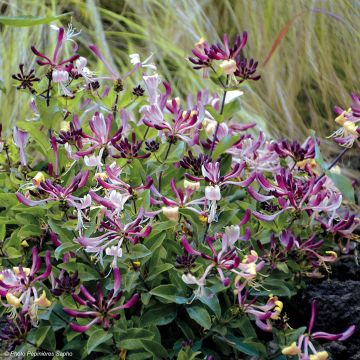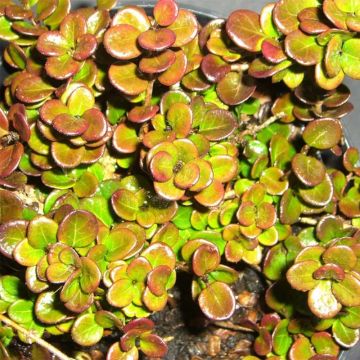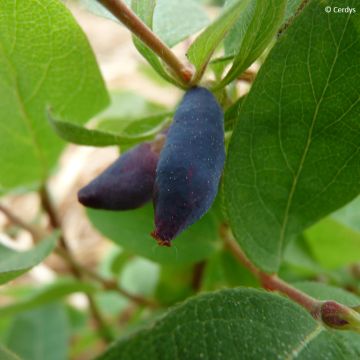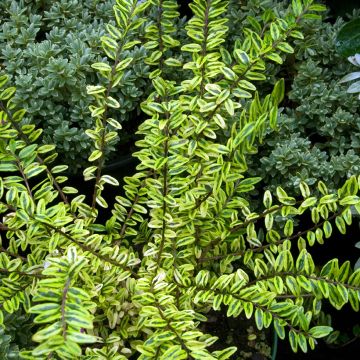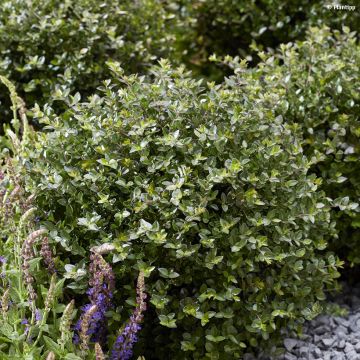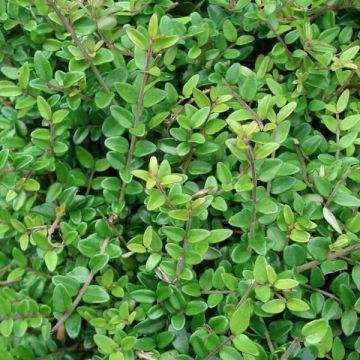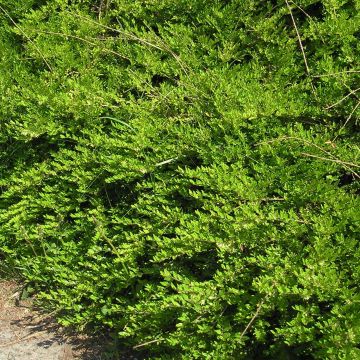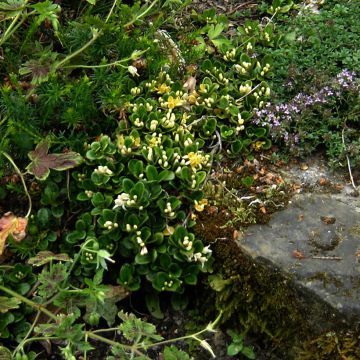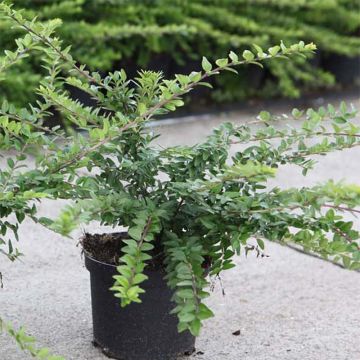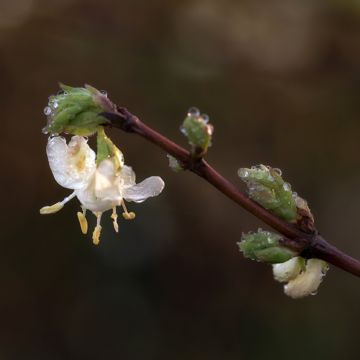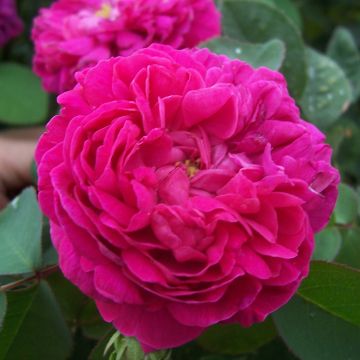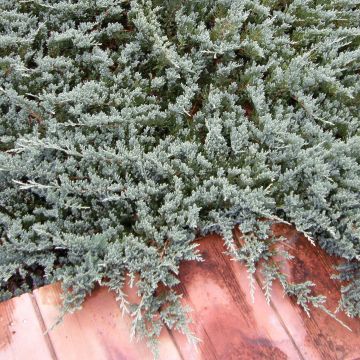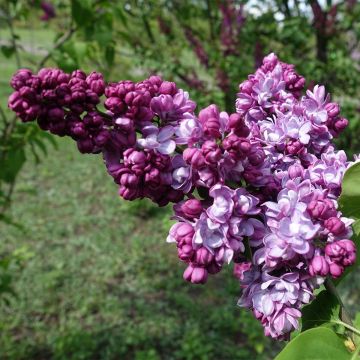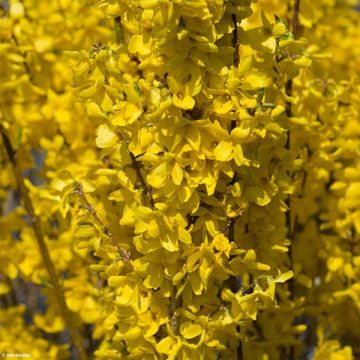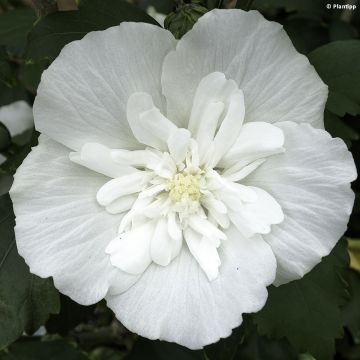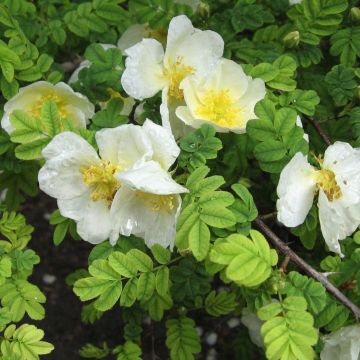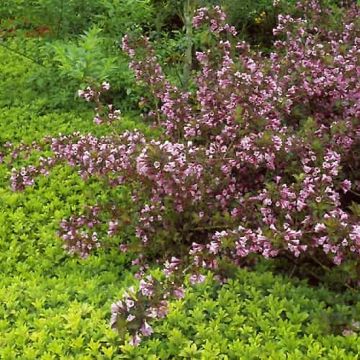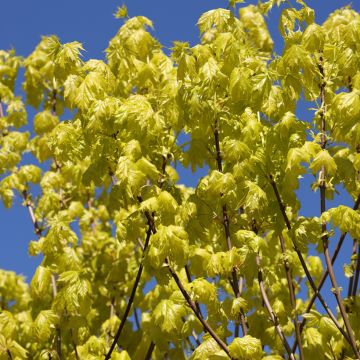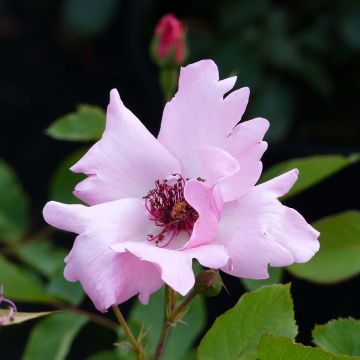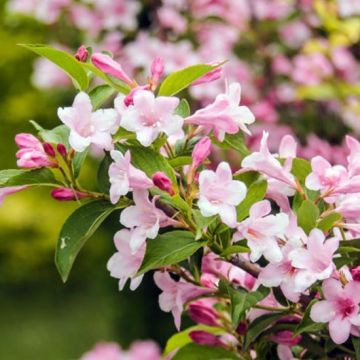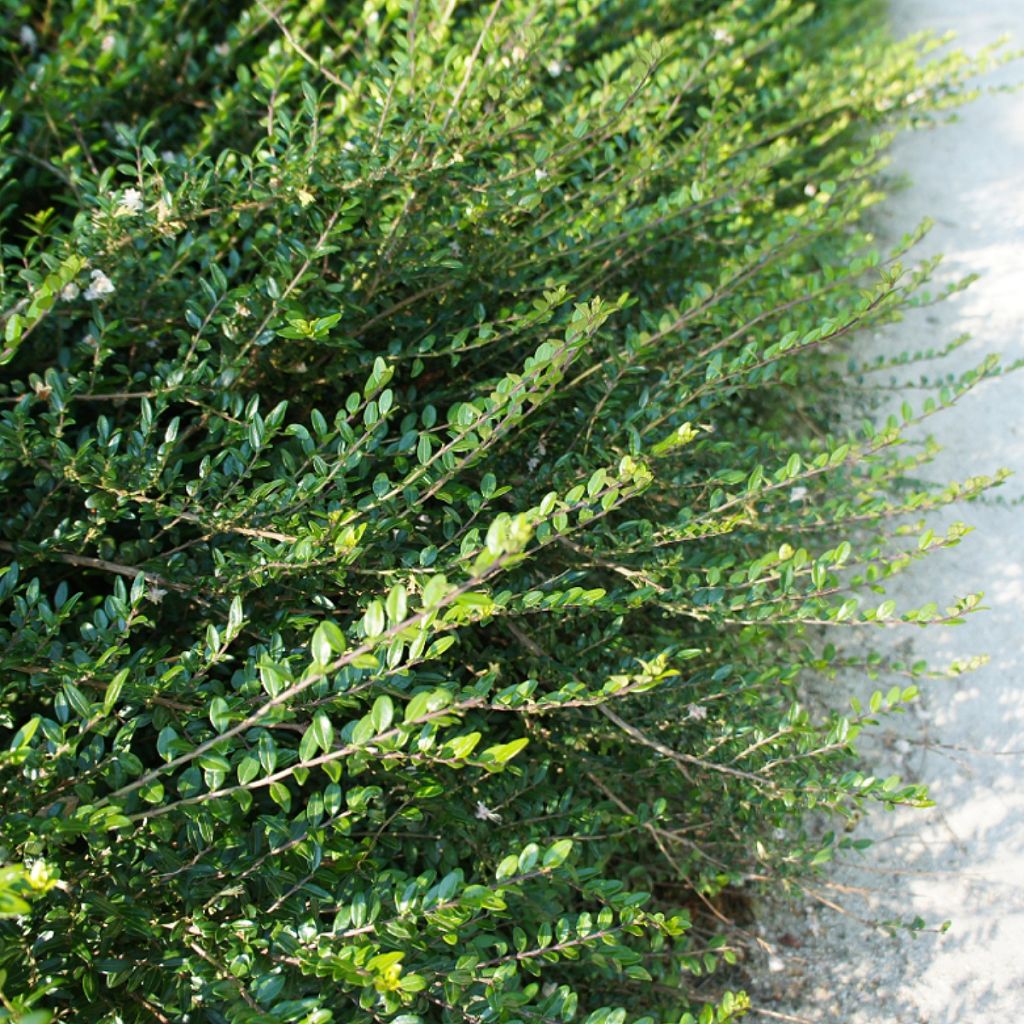

Lonicera nitida Hohenheimer Findling - Box Honeysuckle
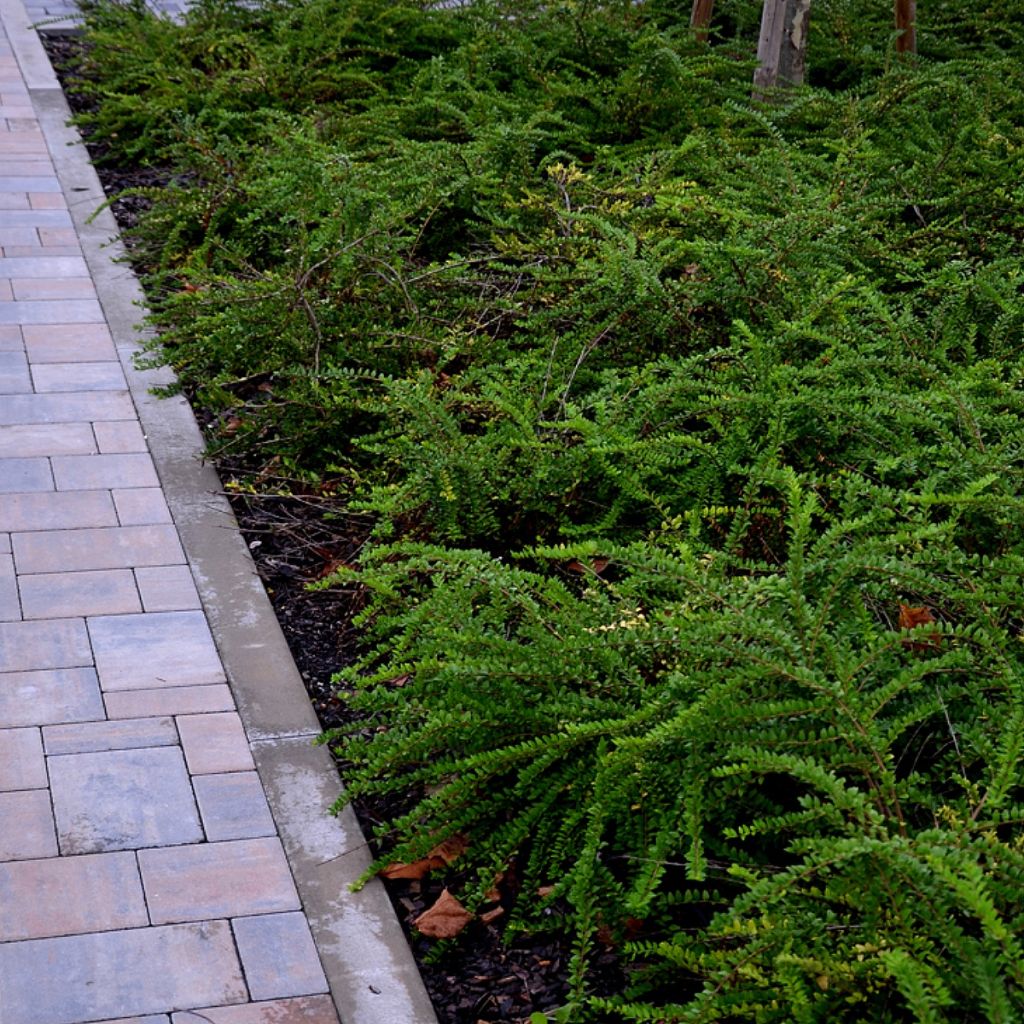

Lonicera nitida Hohenheimer Findling - Box Honeysuckle
Lonicera nitida Hohenheimer Findling - Box Honeysuckle
Lonicera nitida Hohenheimer Findling
Box Honeysuckle, Wilson's Honeysuckle, Boxwood Honeysuckle, Boxleaf Honeysuckle
This item cannot be shipped to the selected country
Delivery charge from €5.90
Delivery charge from €5.90
Delivery charge from €5.90
Delivery to Corse prohibited
More information
Schedule delivery date,
and select date in basket
This plant carries a 24 months recovery warranty
More information
We guarantee the quality of our plants for a full growing cycle, and will replace at our expense any plant that fails to recover under normal climatic and planting conditions.
From €5.90 for pickup delivery and €6.90 for home delivery
Express home delivery from €8.90.
From €5.90 for pickup delivery and €6.90 for home delivery
Express home delivery from €8.90.
From €5.90 for pickup delivery and €6.90 for home delivery
Express home delivery from €8.90.
Delivery to Corse prohibited: UE law prohibits the import of this plant from mainland France to Corse as part of the fight against Xylella fastidiosa. Please accept our sincere apologies.
More information
Does this plant fit my garden?
Set up your Plantfit profile →
Description
The Lonicera nitida 'Hohenheimer Findling' is distinguished by its exceptional vigor and low, spreading habit, making it particularly useful for low hedges and ground cover plantings. It is a bush less than one meter tall with beautifully arching branches adorned with glossy green foliage, decorative in all seasons. Its resistance to pruning and shady exposures, as well as its rapid growth, make it an interesting alternative to boxwood. Hardy, robust, and not demanding as long as it is planted in well-drained soil, use it to vegetate difficult spaces such as slopes and large, slightly dry, shaded areas!
The Lonicera nitida 'Hohenheimer Findling' is a hybrid of bush honeysuckle also known as boxleaf honeysuckle, belonging to the caprifoliaceae family. Its parent, L. nitida, is a robust evergreen shrub native to the Chinese provinces of Yunnan and Sichuan.
The variety 'Hohenheimer Findling' is very easy to grow and quite hardy. It reaches an average height of 1 meter (3 feet 4 inches) with a width of 1.5 meters (4 feet 11 inches). Its growth is rapid, but it generally requires only one pruning per year depending on its growing conditions. The 'Hohenheimer Findling' bush honeysuckle has a low, spreading habit, almost creeping, carried by vigorously arching branches. Its small, tough, glossy evergreen leaves remain shiny green throughout the year. If left unpruned, it develops small, cream-white flowers that are quite discreet but pleasantly fragrant in spring. The small, purple, toxic fruits, which are rarely observed in cultivation, only develop if the plant is not pruned.
Plant Lonicera nitida 'Hohenheimer Findling' in any well-drained soil that is not too dry, even limestone. It prefers partial shade or dappled sunlight. As a foliage plant primarily, boxleaf honeysuckle can tolerate severe pruning, which should be done just after winter or after flowering. Allow 50 to 70 cm (19.7 to 27.6 in) of distance between plants for hedge plantings. This shrub is resistant to air pollution and also tolerates moderate drought once established. It can be used to create low hedges, large borders, ground cover for steep slopes, or beautiful plant sculptures, pruned into balls or pyramid shapes, both in the ground and in pots. This boxleaf honeysuckle can also be left to grow freely in woodland areas. You can also train it against a trellis.
Report an error about the product description
Lonicera nitida Hohenheimer Findling - Box Honeysuckle in pictures




Plant habit
Flowering
Foliage
Botanical data
Lonicera
nitida
Hohenheimer Findling
Caprifoliaceae
Box Honeysuckle, Wilson's Honeysuckle, Boxwood Honeysuckle, Boxleaf Honeysuckle
Cultivar or hybrid
Other Honeysuckle
Planting and care
Plant the Lonicera nitida 'Hohenheimer Findling' in a firm but well-drained, deep, and not too dry soil, even chalky, in partial shade or light sun. The plant also grows in shade, but its foliage will be less colorful. Allow 50 to 70 cm (19.7 to 27.6 in) of distance between the plants for those planted in a hedge. To keep it regular and compact, prune your hedge once or twice a year. The Lonicera nitida is resistant to air pollution and also tolerates moderate drought once established.
Planting period
Intended location
Care
-
, onOrder confirmed
Reply from on Promesse de fleurs
Foolproof Shrubs
Haven't found what you were looking for?
Hardiness is the lowest winter temperature a plant can endure without suffering serious damage or even dying. However, hardiness is affected by location (a sheltered area, such as a patio), protection (winter cover) and soil type (hardiness is improved by well-drained soil).

Photo Sharing Terms & Conditions
In order to encourage gardeners to interact and share their experiences, Promesse de fleurs offers various media enabling content to be uploaded onto its Site - in particular via the ‘Photo sharing’ module.
The User agrees to refrain from:
- Posting any content that is illegal, prejudicial, insulting, racist, inciteful to hatred, revisionist, contrary to public decency, that infringes on privacy or on the privacy rights of third parties, in particular the publicity rights of persons and goods, intellectual property rights, or the right to privacy.
- Submitting content on behalf of a third party;
- Impersonate the identity of a third party and/or publish any personal information about a third party;
In general, the User undertakes to refrain from any unethical behaviour.
All Content (in particular text, comments, files, images, photos, videos, creative works, etc.), which may be subject to property or intellectual property rights, image or other private rights, shall remain the property of the User, subject to the limited rights granted by the terms of the licence granted by Promesse de fleurs as stated below. Users are at liberty to publish or not to publish such Content on the Site, notably via the ‘Photo Sharing’ facility, and accept that this Content shall be made public and freely accessible, notably on the Internet.
Users further acknowledge, undertake to have ,and guarantee that they hold all necessary rights and permissions to publish such material on the Site, in particular with regard to the legislation in force pertaining to any privacy, property, intellectual property, image, or contractual rights, or rights of any other nature. By publishing such Content on the Site, Users acknowledge accepting full liability as publishers of the Content within the meaning of the law, and grant Promesse de fleurs, free of charge, an inclusive, worldwide licence for the said Content for the entire duration of its publication, including all reproduction, representation, up/downloading, displaying, performing, transmission, and storage rights.
Users also grant permission for their name to be linked to the Content and accept that this link may not always be made available.
By engaging in posting material, Users consent to their Content becoming automatically accessible on the Internet, in particular on other sites and/or blogs and/or web pages of the Promesse de fleurs site, including in particular social pages and the Promesse de fleurs catalogue.
Users may secure the removal of entrusted content free of charge by issuing a simple request via our contact form.
The flowering period indicated on our website applies to countries and regions located in USDA zone 8 (France, the United Kingdom, Ireland, the Netherlands, etc.)
It will vary according to where you live:
- In zones 9 to 10 (Italy, Spain, Greece, etc.), flowering will occur about 2 to 4 weeks earlier.
- In zones 6 to 7 (Germany, Poland, Slovenia, and lower mountainous regions), flowering will be delayed by 2 to 3 weeks.
- In zone 5 (Central Europe, Scandinavia), blooming will be delayed by 3 to 5 weeks.
In temperate climates, pruning of spring-flowering shrubs (forsythia, spireas, etc.) should be done just after flowering.
Pruning of summer-flowering shrubs (Indian Lilac, Perovskia, etc.) can be done in winter or spring.
In cold regions as well as with frost-sensitive plants, avoid pruning too early when severe frosts may still occur.
The planting period indicated on our website applies to countries and regions located in USDA zone 8 (France, United Kingdom, Ireland, Netherlands).
It will vary according to where you live:
- In Mediterranean zones (Marseille, Madrid, Milan, etc.), autumn and winter are the best planting periods.
- In continental zones (Strasbourg, Munich, Vienna, etc.), delay planting by 2 to 3 weeks in spring and bring it forward by 2 to 4 weeks in autumn.
- In mountainous regions (the Alps, Pyrenees, Carpathians, etc.), it is best to plant in late spring (May-June) or late summer (August-September).
The harvesting period indicated on our website applies to countries and regions in USDA zone 8 (France, England, Ireland, the Netherlands).
In colder areas (Scandinavia, Poland, Austria...) fruit and vegetable harvests are likely to be delayed by 3-4 weeks.
In warmer areas (Italy, Spain, Greece, etc.), harvesting will probably take place earlier, depending on weather conditions.
The sowing periods indicated on our website apply to countries and regions within USDA Zone 8 (France, UK, Ireland, Netherlands).
In colder areas (Scandinavia, Poland, Austria...), delay any outdoor sowing by 3-4 weeks, or sow under glass.
In warmer climes (Italy, Spain, Greece, etc.), bring outdoor sowing forward by a few weeks.

































